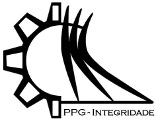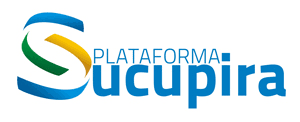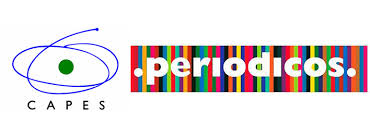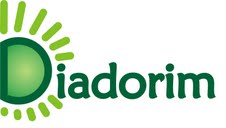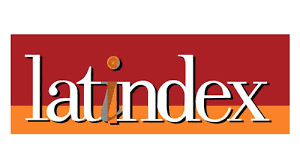DISTRIBUIÇÃO DE TEMPERATURA EM PLACAS EM REGIME TRANSIENTE: COMPARAÇÃO ENTRE SOLUÇÃO ANALÍTICA E NUMÉRICA
DOI:
https://doi.org/10.26512/ripe.v2i26.20833Keywords:
Equação de Fourier. Efeitos Térmicos. Diferenças Finitas. Regime Transiente. Soluções Analíticas.Abstract
As simulações numéricas são métodos bastante utilizados para estudo da difusão do calor em sólidos, pois leva em consideração o modelo apropriado que apesar de ser complexo pode ser decomposto numa série progressiva e mais simples da abordagem, incorporando em cada passo novos elementos que permitem o tratamento completo da questão. Este trabalho apresenta um estudo comparativo do fluxo de calor em regime transiente numa placa, sem geração de calor interno, com soluções analíticas e numéricas através do método das diferenças finitas (MDF). Os resultados obtidos pela solução numérica apresentam uma boa concordância com os resultados analíticos.
References
Çengel, Y. A. 2006. Heat and Mass Transfer: A Practical Approach, 3ª Ed., McGraw-Hill, Singapore.
Coelho, N. A.. Um Estudo Numérico do Efeito Térmico em Concreto Massa. Dissertação de Mestrado. Universidade de Brasília ”“ UnB. Brasília: 2012..
Coelho, N. A.; Pedroso, L. J.. Aplicação do método das diferenças finitas à equação do calor. 9 f. Relatório Técnico - RTP-NAC-16/2015. Universidade de Brasília ”“ UnB. Brasília: 2013.
Hoffman, J. D., 2001. Numerical methods for engineers and scientists, Marcel Dekker, Inc.
Incropera, F. P.; Dewitt, D. P.; Bergman, T. L.; Lavine, A. S.. Fundamentos de Transferência de Calor e Massa. 6ª ed. Rio de Janeiro: LTC, 2008.
Pedroso,L. J., 2011. Uma Introdução do Método das Diferenças Finitas Centrais em Cavidades Acústicas 2D. Publicação Didática, Universidade de Brasília.
Vasconcelos,M. A., & pedroso, l. J. (2014). Aplicação do Método das Diferenças Finitas a Problemas Envolvendo Barragem-Reservatório. 20o Congresso de Iniciação Científica da UnB.
Downloads
Published
Issue
Section
License
Given the public access policy of the journal, the use of the published texts is free, with the obligation of recognizing the original authorship and the first publication in this journal. The authors of the published contributions are entirely and exclusively responsible for their contents.
1. The authors authorize the publication of the article in this journal.
2. The authors guarantee that the contribution is original, and take full responsibility for its content in case of impugnation by third parties.
3. The authors guarantee that the contribution is not under evaluation in another journal.
4. The authors keep the copyright and convey to the journal the right of first publication, the work being licensed under a Creative Commons Attribution License-BY.
5. The authors are allowed and stimulated to publicize and distribute their work on-line after the publication in the journal.
6. The authors of the approved works authorize the journal to distribute their content, after publication, for reproduction in content indexes, virtual libraries and similars.
7. The editors reserve the right to make adjustments to the text and to adequate the article to the editorial rules of the journal.


